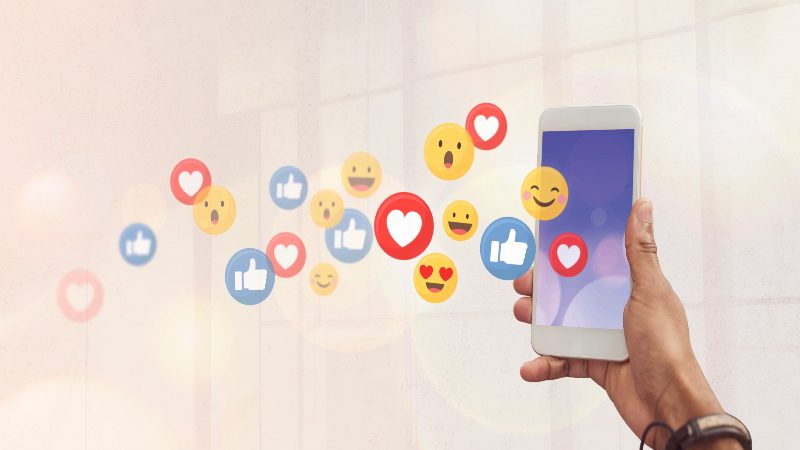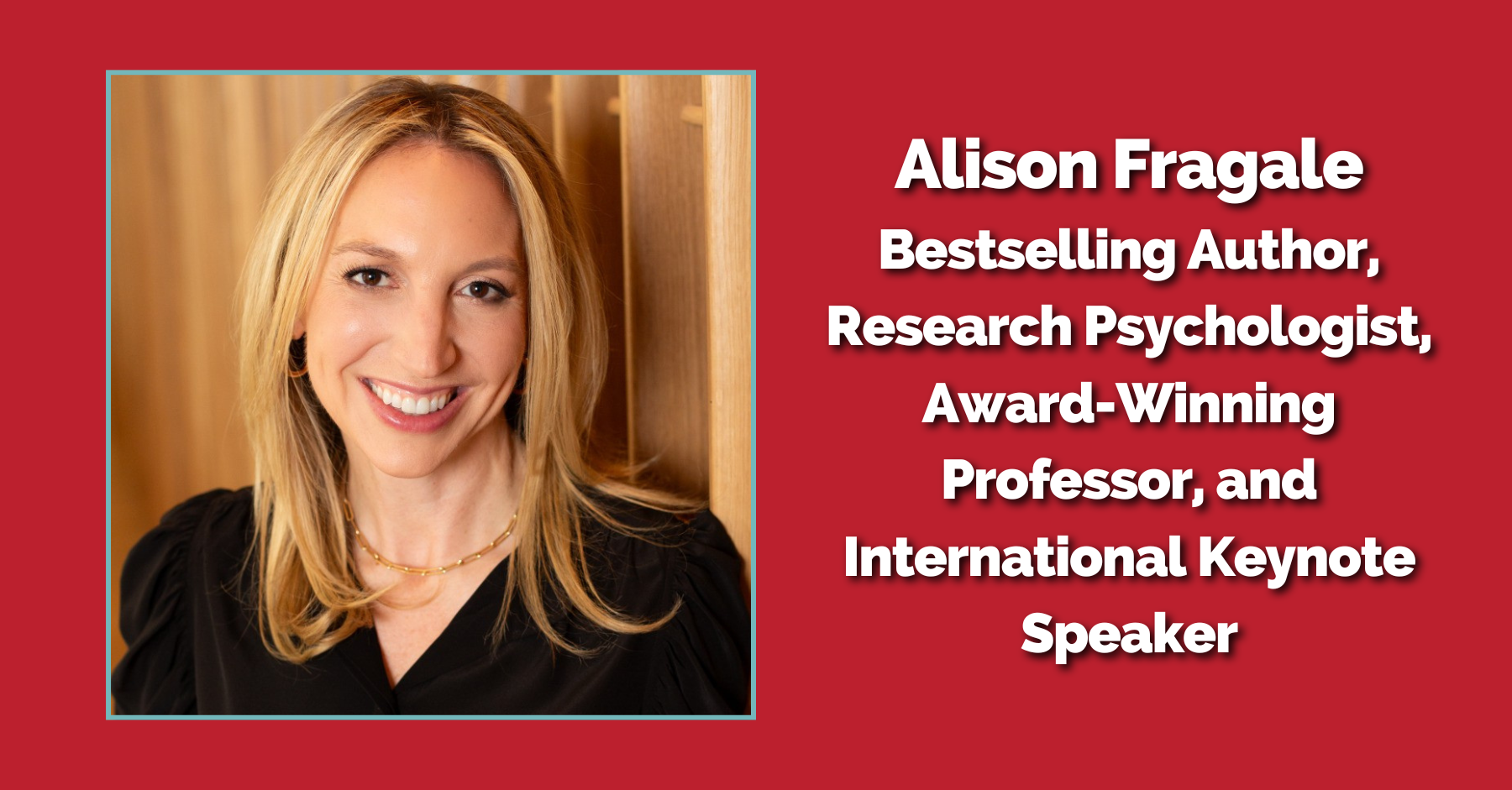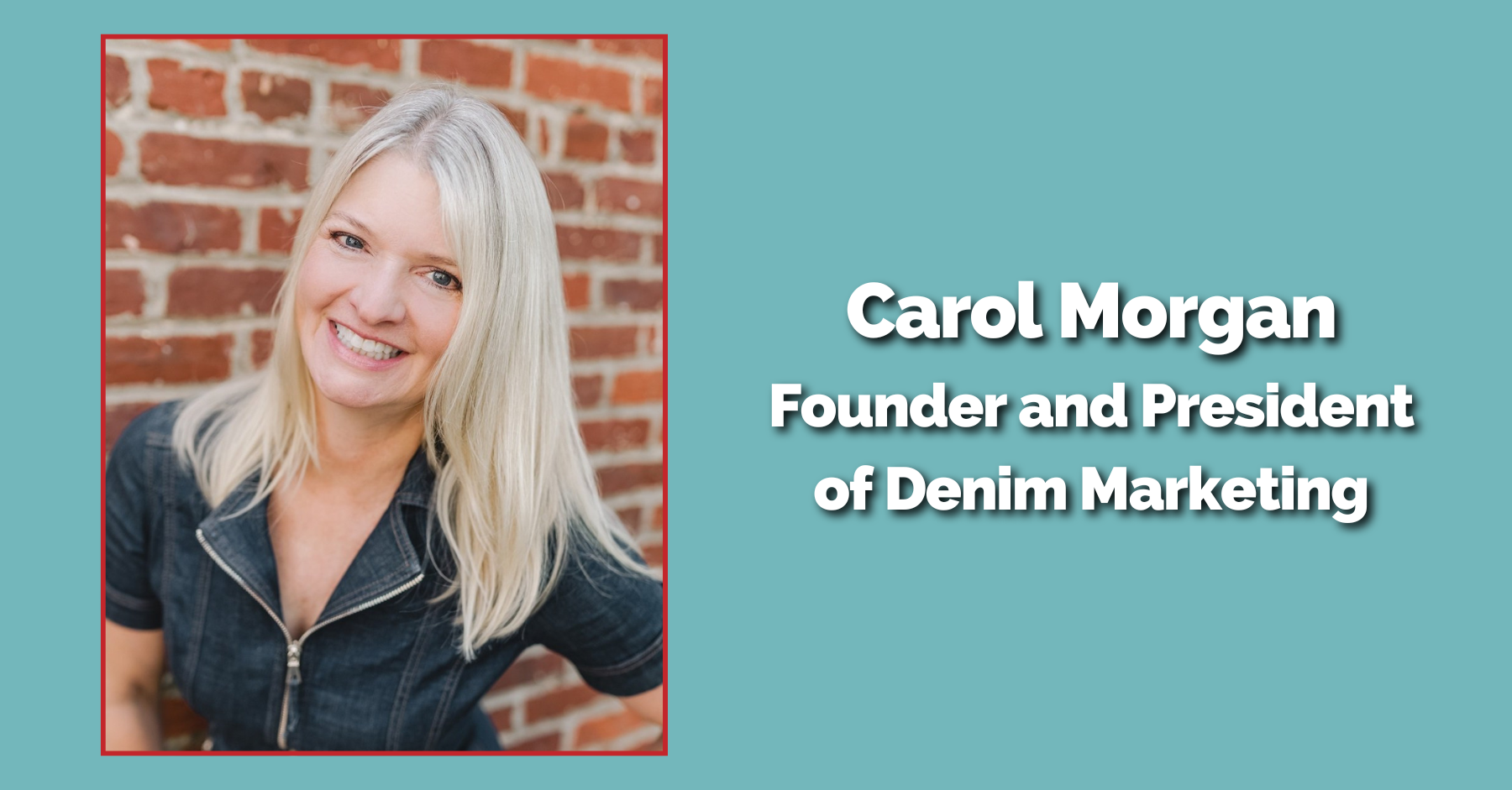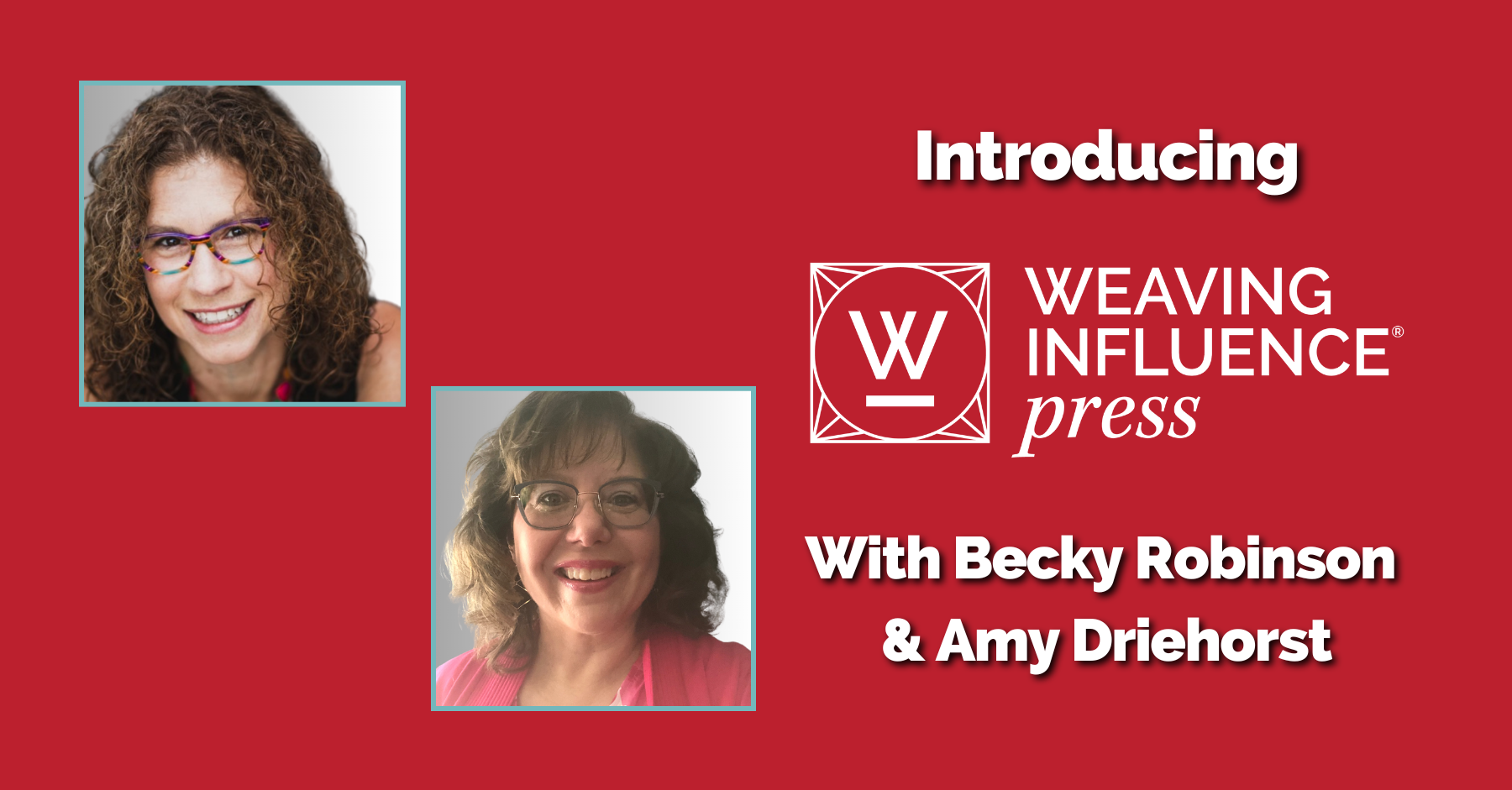Photo by rawpixel / 123rf.com
Click here to listen on your device and subscribe!
Welcome to Season 2 of The Book Marketing Action Podcast with Becky Robinson, where we give you information that you can immediately implement to increase your influence and market your books more successfully. This month, we are focusing on the topic of social media. And today I have a very special guest, an award-winning entrepreneur, speaker, diversity and inclusion consultant, and author, Jennifer Brown.
About Jennifer Brown
Becky: Before we dive in, Jennifer, I hope you’ll take a moment to tell our listeners about yourself, your books, and your work in the world.
Jennifer: I have been in the Diversity, Equity, and Inclusion space for over a decade. I’ve had my own company in the space. We originally started as a leadership development firm and a team-building firm before I knew DEI was a thing, and lo and behold we have built the team. Now we get to work with mainly Fortune 1000 companies and large organizations, to help them not only build their DEI strategies top-down, but do that training and education piece that supports that strategy. We also have a specialization in diversity network – employee resource groups and affinity groups of all kinds. I keynote a lot. I have two books, the first book is called Inclusion: Diversity, The New Workplace & The Will To Change from 2017, and then the second is How to Be an Inclusive Leader: Your Role in Creating Cultures of Belonging Where Everyone Can Thrive, which just came out in 2019, right before 2020 shut us down and, subsequently, blew up in terms of the important and difficult year that it was. It’s been a wild ride to be in this field, and in this work, and in this conversation, but it’s not new to us, we’ve been in it for a very, very long time, even though the topic may be, I think, enjoying the most appreciation, motivation, and appetite that we’ve ever experienced.
How has social media impacted your work?
Becky: I agree with you, Jennifer, it is great to see organizations focusing more on these important topics related to DEI. I’m curious, you’ve been in the space for a while and I know from having watched your journey that you are quite active in leveraging social media, to share your important ideas in the world. So I’d love to hear about your journey in using social media channels. As you started your company and brought your books to market, what important role have social media channels played in your reaching audiences with your work?
Jennifer: Yes, we’ve been very Twitter forward. I do have the handle on twitter @jenniferbrown, believe it or not, which should signal that it was a very long time ago that I created it. Somehow even not being terribly technology savvy, I figured Twitter out early on and, honestly, it was an incredible place. The hashtags diversity, inclusion, and equity, the very beginner hashtags of the conversation, allowed you to locate other practitioners and people internally doing the work. So it was a way to see and be seen, find each other and build community, and swap best practices, which in my world, is so critical. You can’t learn DEI in a book, really, it’s one of the challenges. One of the beautiful things about the field is that the body of knowledge lives in all of us and it’s constantly evolving.
As a result, I think there is a need to connect to other practitioners and advocates and understand what they’re doing. And the fact that everybody’s so generous, open, and transparent about what we do, means that we are constantly collaborating across industries. You would think that competitors wouldn’t speak to each other, but we all stay in touch with each other. We all support each other’s work. For me, social media is the opposite of selfish, it is the pouring into the field and into the conversation and literally learning to use your platform that you’ve built to share it with others. We still do that to this day, in fact, I probably promote way more things other people are doing than I do for what we’re doing, or at least, it’s probably 50/50 and others do the same for us. It’s been so important to be able to observe, learn, and listen in on conversations that are happening.
One of the major first steps is listening, learning, observing, and putting yourself in locations, either physical or virtual, where you are not obstruct, you’re not intruding, but you are observing, you’re picking up language, you’re listening, you’re learning new frameworks. You’re educating yourself on history that was never taught. You are literally witnessing people find their voice in all of their intersectionality. That is happening in social media in such a unique way and in a very intimate way. So it’s allowed me to kind of chart the landscape, if you will, as somebody who teaches about so many different diversity dimensions, many of which aren’t my lived experience. I have to know a little about a lot of things and my goal is to learn a lot and know a lot about a lot of things, right? Because that just makes me more effective. So there’s really no other place you can do that, that’s better than social media.
How can I learn from others using social media?
Becky: This is a really interesting perspective, Jennifer, and one that I haven’t spoken about on the podcast yet. So I’m wondering if you could tell those who might be listening who aren’t acquainted with this idea of social media as a listening and learning tool, iIn what way they might actually go about this? If I’m an author who’s listening, and I’ve used social media primarily as a place to share what I want to share with others, what might it look like for me to explore or discover a means of listening and learning on Twitter, for example, or LinkedIn?
Jennifer: Yeah, and people misunderstand, or they’re not using the full capacity of these tools, right? When people say, “why would anybody care what I had for breakfast?”, I’m like, okay, come back to me when you really want to engage. It’s as much of pushing out content but it’s a pull too. So be thinking about yourself as this filter through which knowledge comes and goes.
I would really recommend mapping out, let’s call it your competitive landscape, shared market, shared conversation, or your shared interests and passions. You find your community online, and then you locate the biggest influencers in that field. What I would do, as an author, is I would want to know all the influencers in that field and want to know the loudest voices with the biggest followings with the most shares.
Also, who’s kind of out in front using their voice and really being very proactive? There’s no one answer, I’m a bit more of a tweeter than I am a sort of original shares person. There are some people that are extremely comfortable with the modality and have so much to say and write really long threads. I love being a reader of those threads, those are really important. They’re Twitter’s version of a deep-dive right into more of a blog. So I think to retweet things you value, give some love and appreciation to people who are really using the platform to educate and really putting themselves out there.
Then like I said, find people to promote. I promote my competitor’s stuff all the time. I push it out, I give a signal boost, I comment on things so I’ll say, “don’t miss this,” “make sure to make time for this,” or “put this in your calendar,” because I know people are looking to me to point them somewhere. When you get to my level, you’ve got eyeballs watching you and you get to direct those eyeballs, which is so cool.
I would also find your community of interest. But I also think there are parallel communities. For me, the adjacent communities that I keep an eye on are HR or talent management, corporate social responsibility, or technology, in terms of work from home and virtual work. I think of it like a bull’s eye where the most relevant is the inside ring and then the concentric circles that go out from there are the communities I dabble in. I keep an eye on or I go there to also get my name into those concentric rings as well, because those are my current and future bigger audiences as well.
I also go there to tune in to different frequencies of what people are talking about. What are the big issues over there? What’s the latest and greatest article and XYZ and who’s sharing it? So it’s just this way of having your finger on the pulse. I think that these days, the news and the research are changing and the conversation, vocabulary, and every single field are changing so quickly. I think any professional has to sort of deal with that and some of us may be less or more comfortable with that. I think it’s incumbent of us in this ever-changing, chaotic, unpredictable world, as thought leaders, we all should, I think, be striving to be comfortable with that. As authors, whether you do that very loudly, or you do that quietly or something in between, whatever feels really authentic for you. It’s incumbent on anyone that wants that striving to have that voice, to have that finger on the pulse. I know everything that’s in the New York Times before I read it, and I know they’re dynamically updating their stories, but I know about it from Twitter, and what’s trending on Twitter, or what’s being talked about on LinkedIn, etc. So I know for me, my clients look to me to have that and be ahead of it. I want time to kind of think about it, process it, and formulate my opinions on things because I inevitably will be asked, so I would imagine a lot of listeners could probably relate to that.
Becky: So social media is your way to stay in the moment, up to speed, and ahead of the curve on the learning that’s happening in your spaces.
Jennifer: That’s right!
How has your perspective changed?
Becky: How has your perspective, or your practices related to social media, changed over the years since you first got started?
Jennifer: Well, I have a team now, which is so wonderful. So I don’t need to be taking it all the way from the sharing of an article to the tagging and finding people’s handles so that we can make sure we’re acknowledging the correct people that are related to something like that, takes a lot of legwork. So to have a team, enables us to share just the volume of what we can get out is better and higher. So that has changed. It used to just be me. And I don’t have as much time to spend kind of combing through what’s happening on Twitter today. What are people sharing? What are my favorite voices talking about? So I think that’s changed. And hence the need, I think, for the team to just be monitoring it. Having people be able to share in your voice is something that when you start to scale, or if you decide to scale your business, we all wrestle with, and finding somebody who kind of picks out the nuggets of things and knows what you would pick out and knows how to do that when you don’t have time to, it’s difficult. I mean, you could argue it might be teachable, it may not really be learnable, because it’s very instinctual as well. So it’s been interesting, I guess what I’m talking about is like scaling yourself, and how you can be everywhere all the time.
On LinkedIn, because we haven’t talked about LinkedIn too much, we really use it a lot. I have a team that helps push out to all of our new connections, my introductions. I want to let people know where they can find out more about us. We’ve got 30,000 connections on LinkedIn, and actually, we’re capped at 30, we can’t figure out how to get over it. So if anyone’s listening to this and knows, we literally have to sort of disconnect it from a bunch of people in order to make more room to get active people. But LinkedIn, I find is a more stable, slow-moving, corporate kind of audience for us, which is actually I think more of a business driver, given we’re a consulting firm that mainly is a B2B firm, working with large organizations. LinkedIn is where that lives all day long. So I would say having the arms and legs to aggressively connect with people in your space again, and sharing out and doing kind of the same things I talked about on Twitter is really critical on LinkedIn as well. I love the platform for different reasons. It’s fascinating to see who works at what company. What are they doing? I don’t think there’s as much sharing on Twitter about the best practices because there’s just no room to do it. But you can do much more long-form examples on LinkedIn and get much more into the weeds. You could do LinkedIn lives, which I know a lot of us are starting to do.
StreamYard allows you to simultaneously broadcast across many different platforms. And do Q&A real-time, which is really fun. I think you could do that on Instagram too, of course, and even Clubhouse is another modality we’ve been exploring. There are some diverse conversations going on in there, which is purely audio. So if you don’t know about Clubhouse, definitely look into it.
We’re constantly thinking about, especially in our outgoing messages or outbound messages on LinkedIn, thinking about how few characters can we describe something that might be interesting to somebody, whether it’s an upcoming online program we’re running, etc.
One thing we started to do is a weekly call back in March of 2020 and it’s still going. Last week, I had 350 people on the call, so it grew and grew and grew. Now it’s become like a destination for gathering practitioners and advocates to talk about what’s new in the field, and the chat is wild. The chat, when you print it out from an hour, it’s 20 pages single spaced, there are links and best practices and offers to connect and benchmark. And like I was saying earlier, there are these unmet appetites, I think, in each of our fields. And we’re not just marketers, but really conveners, I think of myself as a space holder, and a convener and a platform, and a facilitator. And so when we started the calls, it was just so great with no plan at all, just to bring kind of friends on and have them, guests, with me, and react to comments and questions in the chat. So sharing that call every week on LinkedIn and on Twitter, and getting sort of our marketing geared up so that we have our guests ahead of time, and we have something to share that’s polished and we’ve evolved into that. The team has evolved into being able to work ahead of schedule, and we now have guests booked out every week until late March. But for a while, we were winging it. So I think my advice to authors is to jump in and start to hold something regular that people can come and discuss the thought leadership, whether it’s yours or theirs or something in between that you’ve co-created. And then it gives you something to then market that feels like you’re adding value versus something you’re trying to sell. We don’t charge for it, it’s just a gathering. And it’s just been so amazing to stay connected to my community in that way through a pandemic, which grounded all of us. And yet the work continued and changed so rapidly going through George Floyd and the social justice movement of last summer and the importance, even more of having our finger on the pulse because we’re the ones that were being asked to respond. So it’s been an enormous learning experience, we have been greatly enriched by those calls. I think it’s shifted our business, honestly, to sort of have that ear to the ground that we have now and what we’re able to offer in terms of insights.
What’s the most important way to show up?
Becky: That sounds really, really powerful, Jennifer. I’m curious, you mentioned scaling and involving a team with your social media presence. So before we wrap up the conversation, I would love to hear, is there one part of social media that you think you can’t outsource? So what’s the most important way for you, Jennifer, to show up?
Jennifer: That’s a great question. I don’t know if this is an answer to your question, but I could do a lot more personal shares. I default to the professional shares and the stuff about our capabilities. I think that the piece writing from the heart reacting in real-time to painful news, and God knows we’ve been through a hard year and we’re still in the thick of it, the responding and writing your feelings in any given moment, those kinds of shares get this giant reaction. People love them, they love seeing you unvarnished, really kind of seeing the vulnerability. I know that this is probably not true for everybody, because maybe some listeners are like, “Oh, I have no problem with that stuff. It’s the other stuff Jennifer has been talking about that we don’t do a good job of.”
So I just think there are many kinds of people and some of us are so accustomed to the business side of sharing, and I think have to work on the vulnerability of putting out that vulnerable share that’s not polished, and then others of us are so good at that. There’s a balance of this, where it really feels like Jennifer in the moment. Then there’s other stuff where I think of it more as the firm is sort of sharing it and the machine is getting it out. So it’s that classic dichotomy. And again, I don’t know how many of your listeners have a company and then a personal brand, but it’s this classic dichotomy of and that we straddle, those of us who have both of those things, I even have two websites, and we play around with what that means. It makes sense to us because we have the Jennifer Brown Speaks, which is my personal brand, which is the author, podcaster, thought leader piece where I get to expand and grow and stretch into whatever I want to. And then we have Jennifer Brown Consulting, which is much more of a straightforward place for clients to come who know they need strategy help, and they know they need training help, etc. So it’s just been really interesting to straddle these two things.
Becky: I definitely think that’s something that we have to wade through. I’m sure that we do have some individual authors listening who really only have to worry about their personal channels, but certainly, others who balance between the corporate image and the personal image. And it’s an important reminder, Jennifer, to take the time to show up.
Action Steps
Becky: So Jennifer, what are one or two things that we talked about so far today that you hope our listeners will implement?
Jennifer: Yes, your book is full of riches, right? There are so many quotes in your excerpts. There are adjacent authors, voices, clients, or customers, that you could interview in a format that could be shared on social as well and vice versa. I always have thought a podcast is a beautiful complement to a book, whether it’s you being interviewed or you interviewing, that allows you to bring a new audience to you, and also share platform and voice with others. Insert, where you can, pieces of your own thought leadership, and get the word out about the book in that way. I think that authors have a wonderful opportunity, both on Twitter and LinkedIn, to signal to the people they want to attract. Those powerful invitations to interact with your thought leadership are all people are really looking for, and you’ll find they’ll step through the door, they’ll join you. You might start with one or two, and if you struggle with that I would perhaps recommend you tag friendly friends in there, colleagues, and people who you know will have your back and start an exciting hub of conversation. People will be attracted to that and jump on board and hopefully weigh in. I know we didn’t talk a lot about the sensitivities around those who are not so constructive in terms of their responses, but we do need to start somewhere. And I think controlling your narrative in that way and kind of having that point of view and that very strong place protects us from some of those that will come in and kind of disrupt in a way that’s not productive. But I don’t think we can opt-out just because of fear of that. I think we have to push through because we will attract much more positivity than we will the negativity. So I just wanted to leave everybody with that and make sure that was addressed, too. To summarize:
- Your book is full of riches – think about ways to incorporate your book on social media. Podcasting is often a great complement to a book and allows you to share your voice with others.
- Take a bold step to share and involve others – share ideas from your book or parts of your book on social media and invite others to share in the conversation. These powerful connections are what people are looking for.
Becky: Now that’s a really good reminder. So taking that bold step to share and involve others.
Resources
- Learn more about Jennifer on her personal website.
- Learn more about Jennifer’s consulting business here.
- Check out Jennifer’s podcast, The Will to Change.
- Discover how you can be a more inclusive leader here.
- Click here for more information about Jennifer’s first book, Inclusion: Diversity, The New Workplace & The Will To Change.
- Click here for more information about Jennifer’s second book, How to Be an Inclusive Leader: Your Role in Creating Cultures of Belonging Where Everyone Can Thrive.
- Follow Jennifer on Facebook, Twitter, and LinkedIn.
If you found value in today’s episode, we hope you’ll take a moment to share it with someone else who might benefit from it. If you have any questions or topics you’d like us to cover, please email Becky Robinson here.




